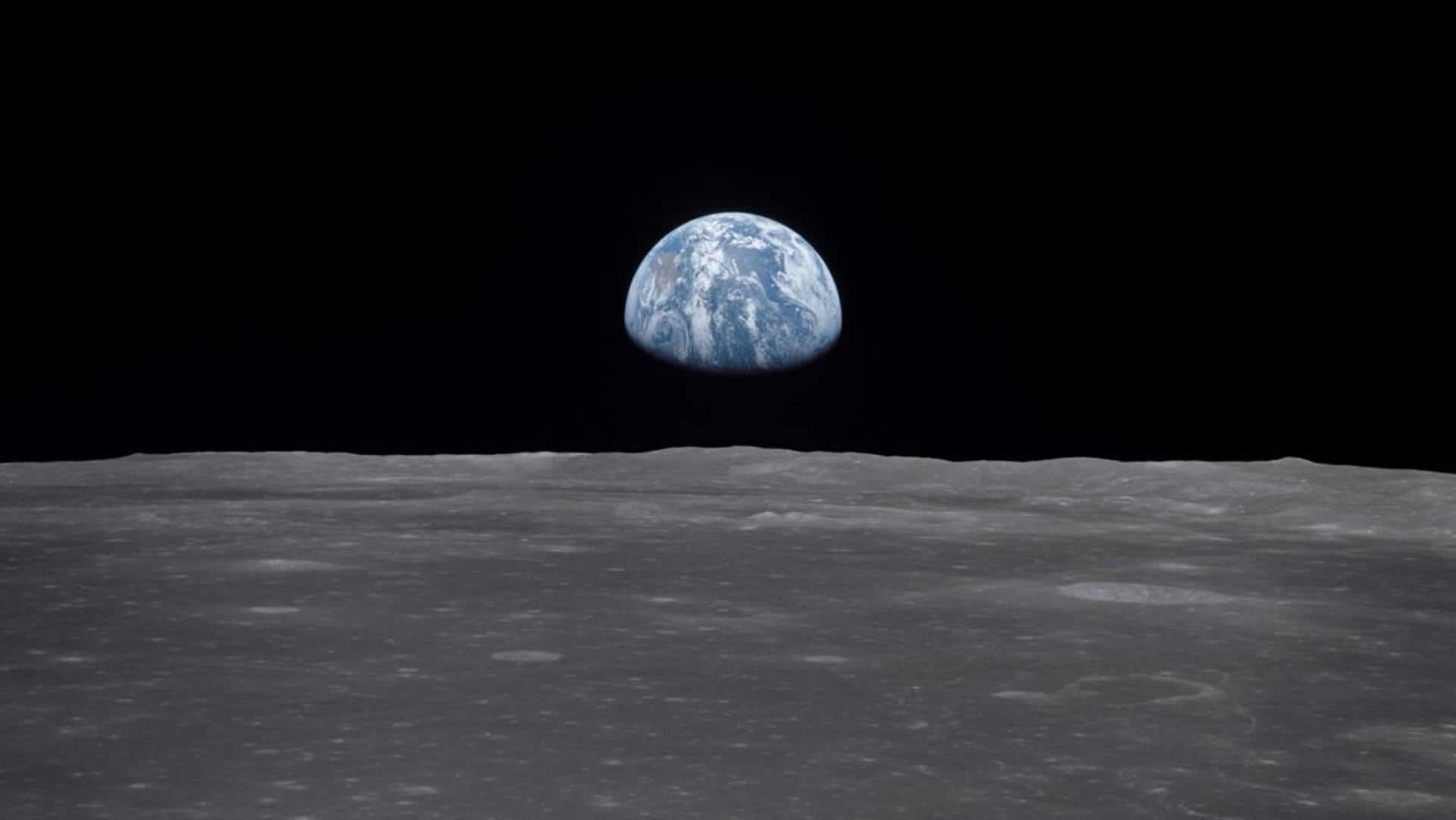
Chandrayaan-1 data reveals electrons from Earth form water on Moon
What's the story
It's been over a decade since Chandrayaan-1, the first mission in ISRO's Chandrayaan program, concluded its operations but the data collected by that expedition is still leading to interesting findings. A new study, published in Nature Astronomy suggests that high-energy electrons from Earth may be contributing to the formation of water on the Moon. The latest research is based on remote sensing data from Chandrayaan-1 collected between 2008 and 2009.
Details
Study could account for water present in Moon's shadowed regions
The new study could explain the presence of water found in the permanently shadowed regions on the Moon. The presence of water on the Moon has long since enthralled scientists. This in part is because lunar water ice could be vital for providing resources for future human exploration. ISRO's most recent lunar mission, Chandrayaan-3, also investigates a lunar region that supposedly contains large water ice reserves, the Moon's south pole.
Study
High-energy electrons from Earth cause weathering on the Moon
Researchers reveal electrons from "Earth's plasma sheet" are contributing to weathering processes on the Moon. Weathering refers to the breaking down or dissolving of rocks and minerals. Solar wind or high energy particles such as protons striking the Moon is believed to be one of the ways the Earth's natural satellite came to possess water. Now, the radiation from such high-energy electrons from Earth is said to have "similar effects as solar wind protons," thereby accounting for water.
Information
'Earth's plasma sheet may also play an important role'
"We suggest that although we have confirmed the importance of the solar wind as a major source of fast water production on the Moon, hitherto unobserved properties of the plasma sheet properties may also play an important role," reads the study.
Official words
Researchers studied the Moon as it crossed Earth's magnetotail
The team looked at changes in surface weathering on the Moon as it crossed Earth's magnetotail, which shields the Moon from the solar wind but not necessarily from the Sun's photons. When the Moon is outside of the magnetotail, the lunar surface is bombarded with solar wind, per Shuai Li, a researcher involved in the study. "Inside the magnetotail, there are almost no solar wind protons, and water formation was expected to drop to nearly zero," said Li.
Insights
'There may be additional formation processes'
Upon analyzing the data from Chandrayaan-1, the team found that "water formation in Earth's magnetotail is almost identical to the time when the Moon was outside of the Earth's magnetotail," according to Li. This finding suggests that "there may be additional formation processes or new sources of water not directly associated with the implantation of solar wind protons. In particular, radiation by high energy electrons exhibits similar effects as the solar wind protons," Li noted.